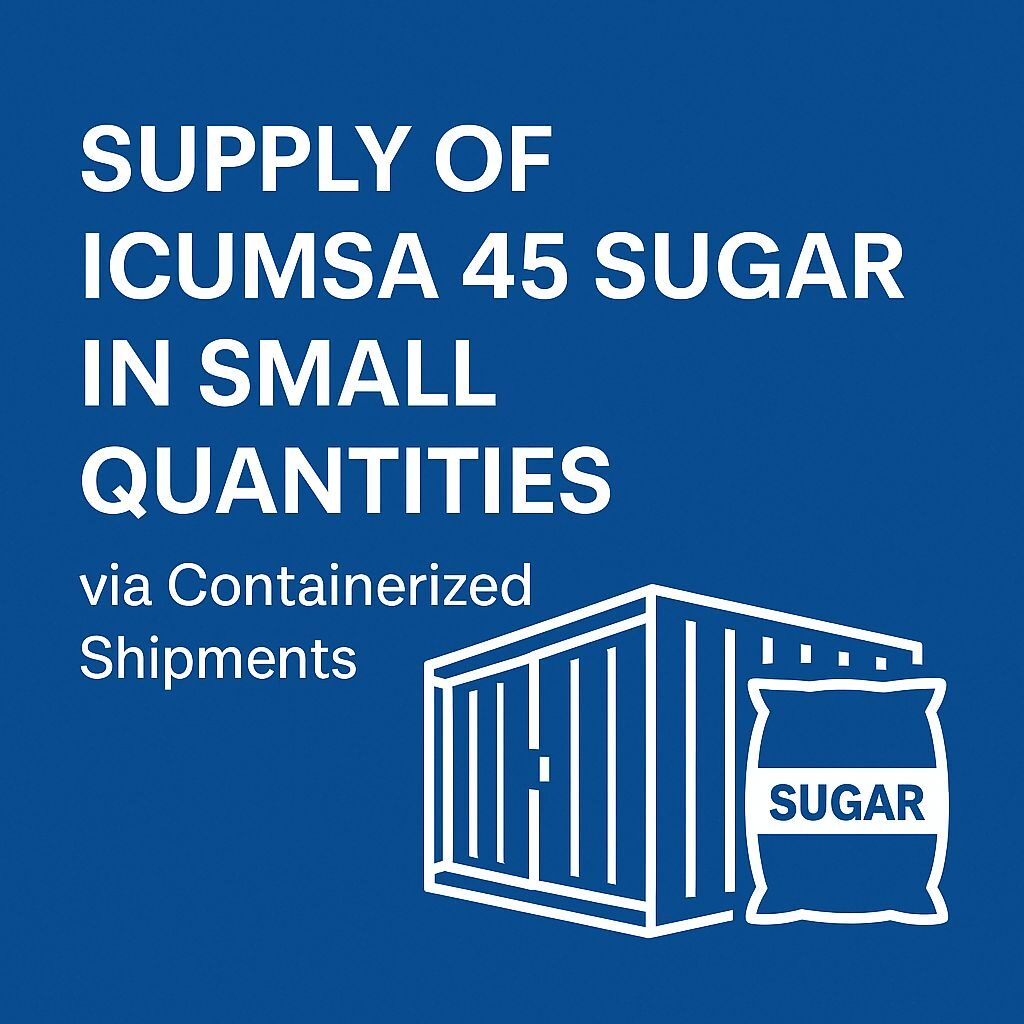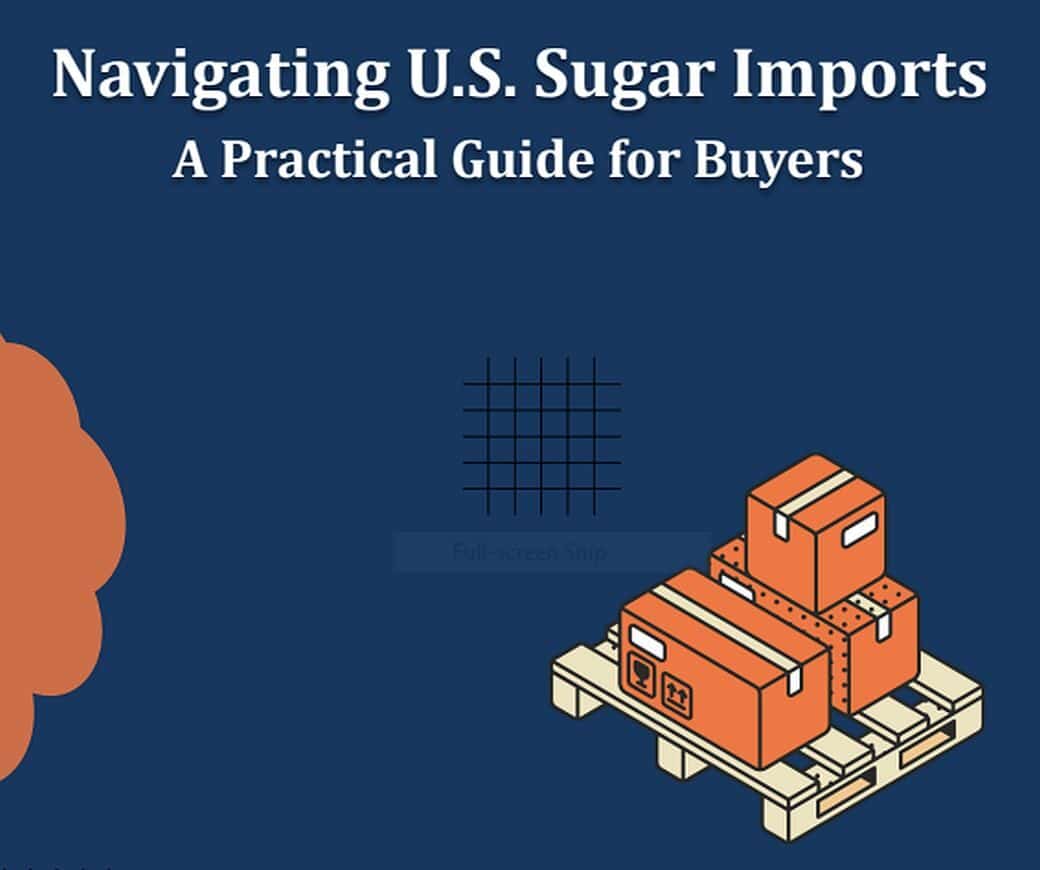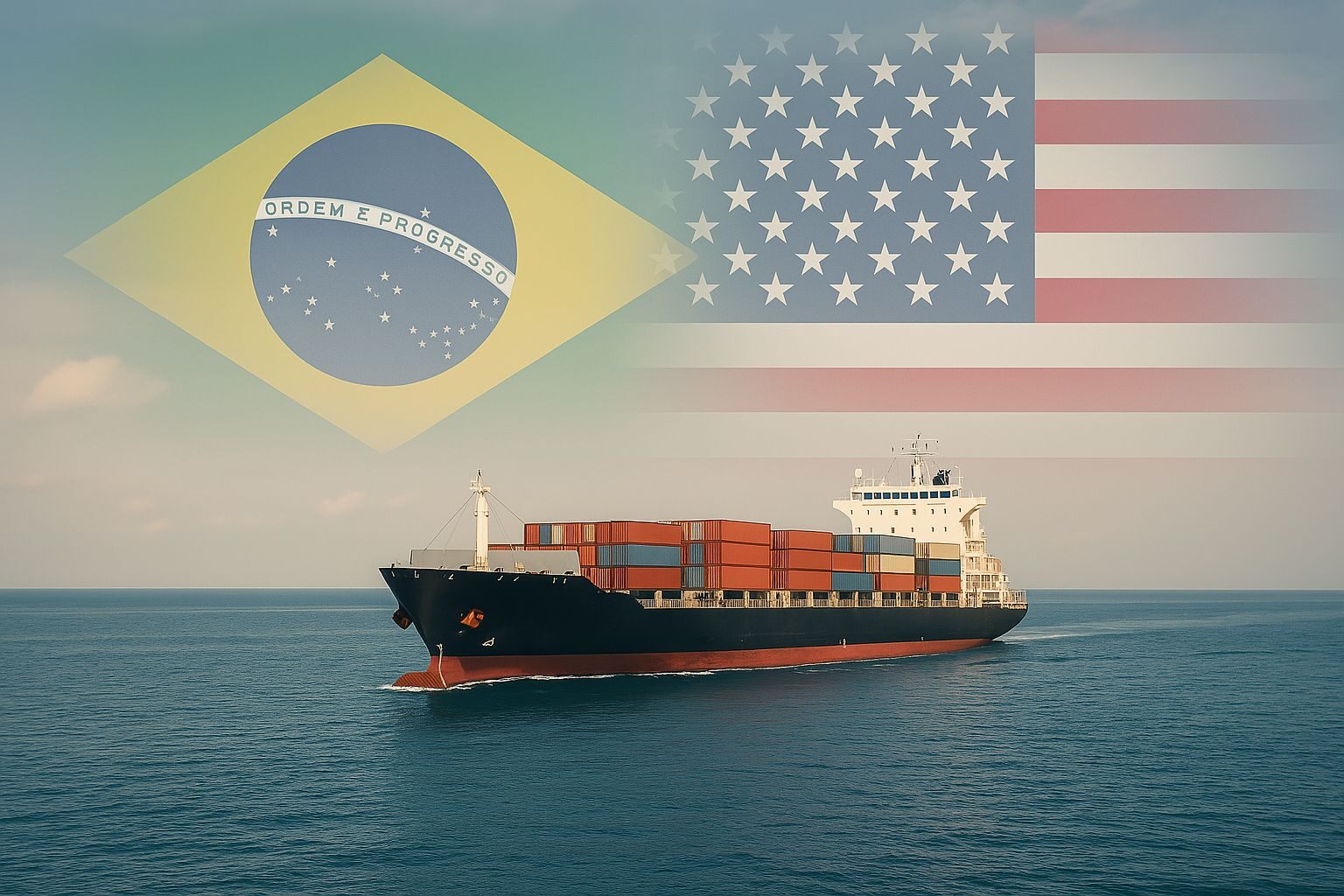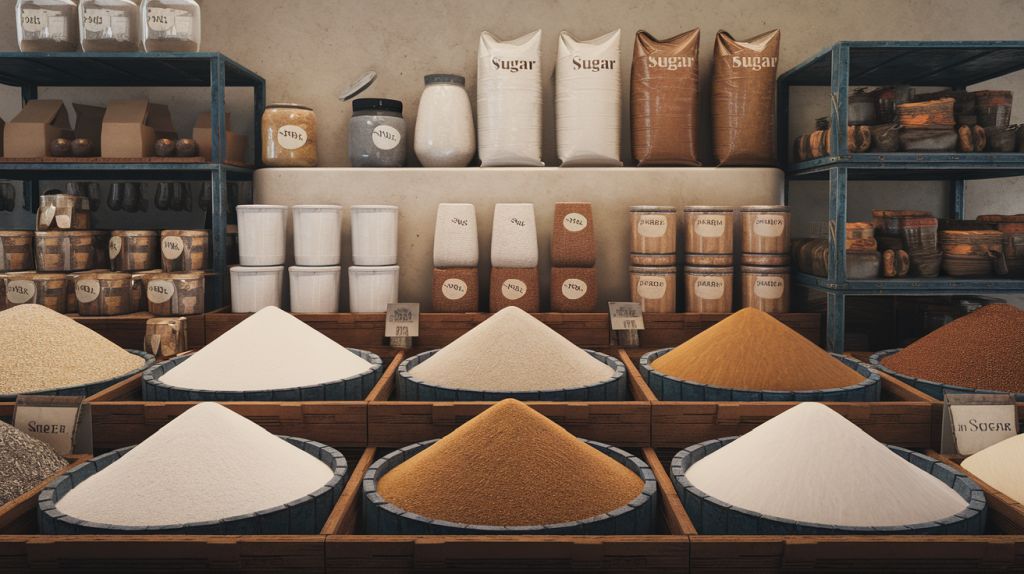The Sugar Saga: Uncovering the Milestones that Shaped an Industry
Sugar is one of the most widely consumed commodities in the world, with global production reaching a staggering 177 million tonnes in 2023.
Yet the story of sugar’s evolution stretches back thousands of years, from its humble beginnings as a chewed cane in New Guinea to its rise as a global trade powerhouse.
For sugar buyers, importers, and their intermediaries, understanding this rich history is crucial. The sugar industry has undergone dramatic transformations, from the spread of cultivation practices across Asia and the Middle East to the industrialization of production in the Americas and Europe.
These milestones have shaped the modern sugar trade, influencing everything from production methods and supply chains to consumer preferences and sustainability concerns.In this article, we’ll uncover the key events and innovations that have defined the sugar industry over the centuries.
We’ll explore the origins of sugar cane, the rise of large-scale production and trade, the shift to beet sugar, and the modern challenges facing the industry.
By delving into this captivating saga, you’ll gain valuable insights that can inform your strategic decision-making as a sugar industry professional.
The Origins of Sugar Cane and Early Cultivation
The accepted location of origin for Saccharum officinarum, the sugar cane plant, is Papua New Guinea, where indigenous people may have been chewing on a wild cultivar as early as 8000 BCE.
From this humble beginning, the cultivation of sugarcane spread westward across the Pacific Ocean and eastward through the Indian subcontinent, the Middle East, and Africa.
The earliest written reference to sugar cane, known as ikshu, appears in a Hindu scripture called the Atharvaveda, compiled around 1200 BCE. By the 1st century CE, the ancient Greek botanist and physician Pedanius Dioscorides had documented the existence of a “kind of coalesced honey called sakcharon” that was found in reeds in India and Arabia.
The first major milestone in the history of sugar production came during the Gupta dynasty in India, when the process of crystallizing sugar from cane juice was developed around 0-100 CE.
This innovation allowed sugar to become a more widespread and accessible commodity, rather than just a rare medicinal product.
As sugar cultivation practices spread to Persia and the Mediterranean region, the product began to gain popularity in ancient Greek and Roman civilizations, though it was still primarily used for medicinal purposes.
It wasn’t until the medieval era that sugar would truly become a global trade commodity.
The Rise of Sugar Production and Trade
The medieval Arab world played a pivotal role in the expansion of sugar production and trade. Arab entrepreneurs adopted sugar production techniques from India and set up large-scale plantations equipped with on-site mills and refineries, particularly in regions like Sicily and Al-Andalus (southern Spain).
The cultivation of sugar cane, which thrives in tropical climates, was made possible in these regions through the use of artificial irrigation systems that replicated the plant’s native growing conditions.
From the Arab world, sugar was exported throughout Europe, with its price and volume of imports increasing steadily over the later medieval centuries. The discovery of the prevailing trade winds and the North Atlantic Gyre by Portuguese navigators in the 15th century further accelerated the global spread of sugar.
Christopher Columbus deliberately transported sugar cane seedlings on his second voyage to the New World in 1493, and within a decade, the first successful crop was harvested on the island of Hispaniola.
Sugar cane rapidly transformed the economies and cultures of the Caribbean, Brazil, and North America, spawning the colonial molasses trade, an insatiable demand for rum, and the horrific transatlantic slave trade to meet the labor needs of the industry.
By the end of the 18th century, sugar had become a foundational element of Southern culture in the United States.
The Shift to Beet Sugar and Industrialization
While cane sugar had dominated the global market for centuries, a significant shift occurred in the 19th century with the rise of beet sugar production. In 1747, German chemist Andreas Marggraf identified the presence of sugar in beet roots, paving the way for the development of beet sugar as a viable alternative to cane sugar.
Beet sugar production began to expand rapidly in Prussia and France, driven by advances in processing technology, such as the vacuum pan, and the mechanization of sugar harvesting and milling.
This industrialization of sugar production allowed for greater efficiency and lower costs, challenging the dominance of cane sugar in the global market.
The shift to beet sugar was further accelerated by the expansion of sugar production in the Americas, Africa, and Asia, as new technologies and cultivation methods were adopted.
By the early 20th century, beet sugar had become a significant player in the global sugar trade, complementing the continued growth of cane sugar production.
The Modern Sugar Industry and Trade
Today, global sugar production stands in excess of of 1.9 billion tonnes, with Brazil and India leading the way as the largest producers, accounting for nearly 60% of the world’s output.
The sugar trade is governed by a complex system of tariff-rate quotas and re-export programs, as countries seek to balance domestic production with international demand.
The history of sugar production and trade is a saga spanning thousands of years, from its origins in New Guinea to its rise as a global commodity.
Key milestones include the spread of sugar cane cultivation across Asia and the Middle East, the invention of crystallized sugar in India, the expansion of production in the Arab world, the discovery of beet sugar in Prussia, and the industrialization of sugar production in the Americas and Europe.
Today, the sugar industry continues to evolve in response to changing consumer preferences, trade policies, and sustainability concerns.
Consumers are increasingly seeking out specialty and organic sugars, while concerns over sugar’s health impacts and the environmental footprint of production are driving the industry to adapt.
Trade policies, such as tariff-rate quotas and re-export programs, add complexity to the global sugar market.As sugar buyers, importers, and their intermediaries, it’s crucial to stay informed on these trends and consider how they may impact the future of the industry.
- Will the shift towards beet sugar and alternative sweeteners continue, or will cane sugar maintain its dominance?
- How will the industry respond to growing calls for sustainable production practices?
- What role will trade policies play in shaping the global sugar market?
By understanding the rich history of sugar and the forces shaping its present, you can better navigate the challenges and opportunities that lie ahead.
The sugar saga is far from over – the next chapter is yet to be written, and the decisions made today will determine the industry’s trajectory for years to come.







